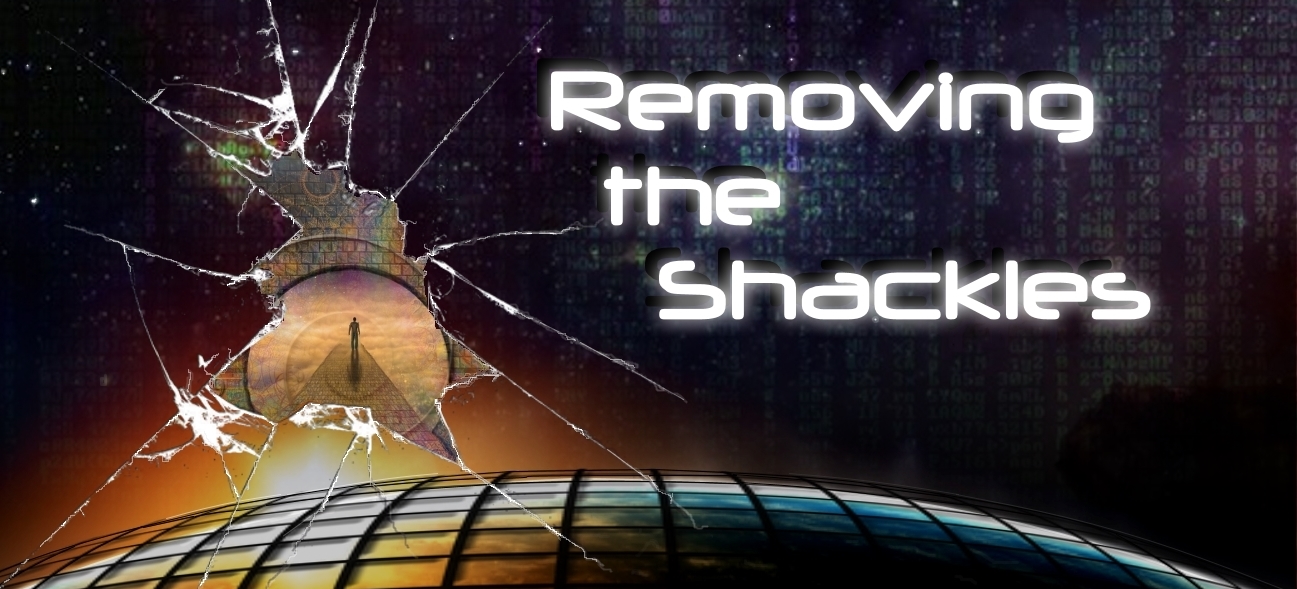Since the launch of Hope's interview with Nick on The One Network, he has received many emails with questions about the Crystal Battery. We've filmed this update video to answer these questions and to give more information about creating a crystal battery.
Within the next month, Nick will film a complete instruction video for turning an old car battery into a crystal battery- including how to neutralize the old battery acids and clean out the car battery safely. We will launch this instructional video along with our Crowd Funding Campaign to move forward with the next level and our next step to bring free energy to the world.
If you have any questions, you can email Nick at nickmckenny@hotmail.com or contact him on skype: nickmckenny358
As we prepare to launch the full instructional video and the crowd funding campaign, we are in need of donations to help us buy the items necessary to complete various levels of testing and to gather all the data we need to launch the next step in this evolution to share knowledge and energy with the world. If you are able to donate, there are two donations buttons to the right side of this page- one for a single donation, and one to create a monthly donation. If you cannot donate (and trust me, we understand that money is tight for everyone right now), please share this video out in your social networks and groups, and send it to any websites or forums, with a link back to this original article.
Share. Share. Share. Knowledge & Energy!
Love
D
Nick's Notes
A lead acid battery has a series of small lead plates, that are connected inside the battery in just such a way as to give a specific voltage and amperage. For car batteries, they are created to give a high amperage output for a short period of time. A deep cycle battery is designed to give a more even/ regulated output, over a period of time. The main physical difference is the thickness of the lead plates inside of the battery.
Simply put, a deep cycle battery has thicker plates than a car battery.
The four component salts are as follows:
Potassium Chloride ( potash)
Magnesium Sulfate ( Epsom salt)
Aluminum Sulfate (Alum)
Borax ( soap)
I ground them into a fine powder and then combined them equally in water until I had almost a pourable paste.Using a power sander, I created a small vibrating table and poured the mix into the CLEAN battery.
NOTE: It is very important to make sure that ALL of the acid is out of the battery. It has to be COMPLETELY clean. Baking soda and water is the best way to neutralize the acid. Do it a bit at a time. Go slow. It is better this way. The better a job you do at every step creates a better end product.
Here is what I have found and had corroborated by others that have helped me with this. When different metals touch each other corrosion happens and a voltage is created, This is referred to as a galvanic reaction. It is similar to the corrosion process but has some distinct differences. The salts all have component metals, for the most part.
The salts, when combined, are creating a voltage, plus the oxidization of the surface of the lead plates is creating an output power. The lead plates are acting like capacitors, in a sense. This, I believe is why the car batteries are degrading over time. The reduced surface area for oxidation combined with the loss of pure lead volume creates the degradation. The loss of volume being the main factor.
The Bedini Motor is the recommended work around. This device is very simple to create. It is proven to recondition batteries. It works with all battery types. Lithium Ion, Lead Acid and Nickel Cadmium. The device uses high voltage/ high frequency to revert the process inside the battery.
For long term usage in a home application, deep cycle batteries are the way to go. Car batteries will work, though. Now I am trying to refine and streamline the entire process, in order to maximize the potential. One of my up and coming projects is to create my own battery. 3D print a case and combine alternating copper/ magnesium plates.
Nick
ps: A little side note: we've tested this battery in temperatures as cold as -22C, and it works just fine!!!
Hope's interview with Nick on The One Network:
http://the-one-network.org/the-peoples-free-energy-show-ep-4-nick-mckenny-crystal-battery/
Original Laser hacker videos:

No comments:
Post a Comment
Note: only a member of this blog may post a comment.